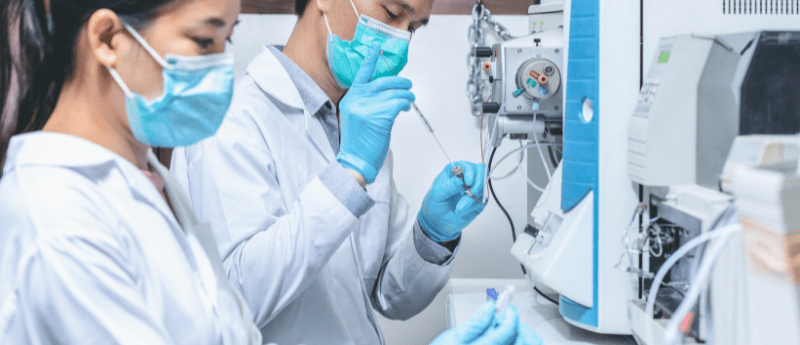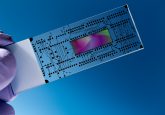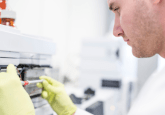Challenges of implementing ultrahigh-throughput mass spectrometry in absorption, distribution, metabolism and excretion bioanalysis

Wang Y, Pu F | Bioanalysis, 15(20), 1217-1270, (2023)
Keywords: • ADME • bioanalysis • high-throughput screening • HTS • non-probe-based assays • probe-based assays • ultrahigh-throughput mass spectrometry
Ultrahigh-throughput mass spectrometry (uHT–MS) refers to analytical tools capable of acquiring mass spectra of a sample within the duration of 1 s or less. This level of sampling speed for MS is enabled by the development of nonconventional sample introduction pathways that completely bypass liquid chromatography (LC) separation and sample directly from minimally prepared samples. Consequently, it leads to a significant enhancement in sample throughput within the designated time frame. Examples of available uHT-MS technologies include but are not limited to matrix-assisted laser desorption/ionization (MALDI) [1], desorption electrospray ionization (DESI) [2], infrared matrix-assisted laser desorption electrospray ionization [3], liquid atmospheric pressure-MALDI [4], acoustic mist ionization [5] and acoustic droplet ejection-open port interface (ADE-OPI; trade name Echo® MS (SCIEX, Concord, ON, Canada) [6]. The application of different uHT-MS technologies in various realms of drug discovery and development has generated notable interest in the pharmaceutical industry [7]. It has shown great promise in high-throughput screening (HTS) for hit generation and high-throughput experimentation for chemical reaction condition screening [8,9]. For HTS, uHT–MS systems have been successfully used in both biochemical and cell-based assays to screen large compound libraries [5,10–12]. However, when it comes to in vitro absorption, distribution, metabolism and excretion (ADME) properties screening for hit-to-lead and lead optimization, incorporation of uHT–MS has been challenging. What are the roadblocks impeding the adoption of these technologies? Can uHT–MS achieve adequate robustness for practitioners to transition away from conventional as well as rapid LC–MS-based platforms and become embedded in routine in vitro ADME bioanalysis workflows? Before answering these questions, it is helpful to understand the nature of in vitro ADME assays and their demands for bioanalysis.






